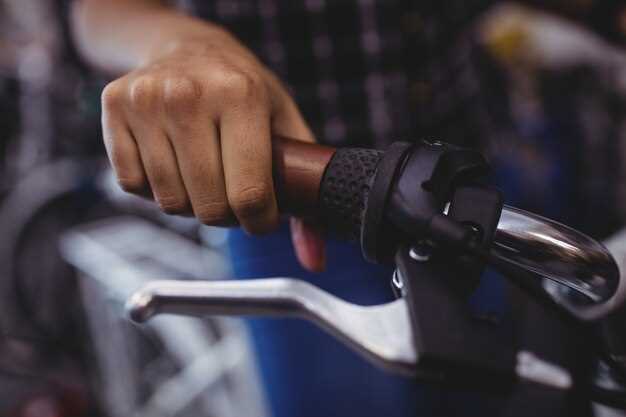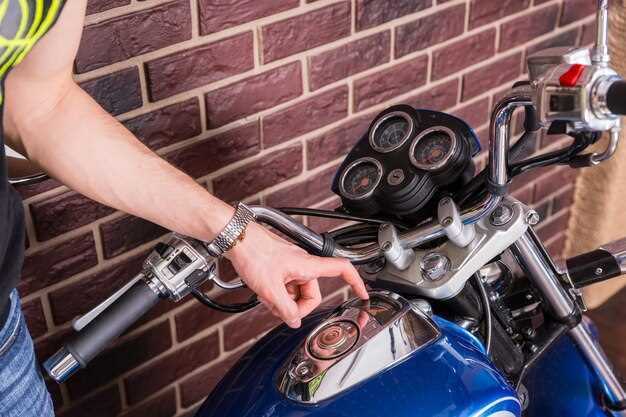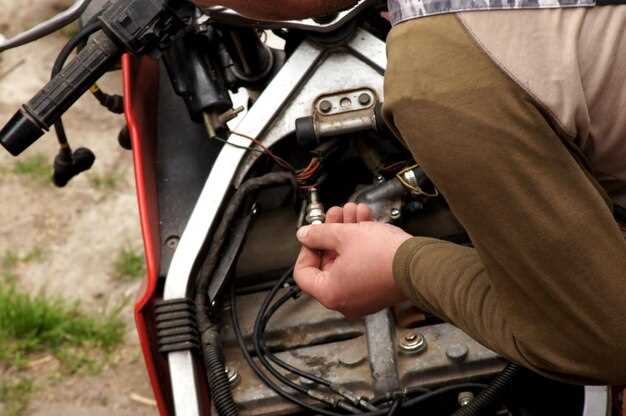

A stuck throttle on your motorcycle can turn a thrilling ride into a dangerous situation in the blink of an eye. Understanding the mechanisms of your throttle system is essential for both safety and performance. Riding with a malfunctioning throttle not only jeopardizes your riding experience but also poses significant risks to you and other road users. This guide will walk you through the steps to diagnose and fix a stuck throttle, ensuring that your motorcycle operates smoothly and safely.
First and foremost, it’s important to recognize the signs of a stuck throttle. If your motorcycle does not respond properly to throttle control or it remains in the open position, immediate attention is required. Ignoring these symptoms can lead to loss of control while riding, making it imperative to address the issue as soon as possible. In this article, we will explore common causes of a stuck throttle, from mechanical failures to improper maintenance, and provide practical solutions to help you reclaim a safe riding experience.
Equipped with the right knowledge and tools, tackling a stuck throttle is a task that many motorcycle enthusiasts can handle themselves. By following these guidelines, not only will you enhance your motorcycle’s functionality, but you will also develop a deeper understanding of its components. Remember, safety should always be your top priority when it comes to motorcycle maintenance and repairs.
Identifying the Symptoms of a Stuck Throttle

Recognizing the symptoms of a stuck throttle on your motorcycle is crucial for ensuring safety while riding. One of the most obvious signs is an unresponsive throttle. If the motorcycle accelerates unexpectedly or fails to return to idle when you release the throttle, it may indicate that the throttle is stuck.
Another symptom to watch for is inconsistent engine speed. If you notice that your bike revs higher than normal without any input, it could suggest a malfunction in the throttle mechanism. Pay attention to any sudden surges in speed, especially when navigating through traffic or making turns, as this can pose serious safety risks.
Additionally, be alert for unusual noises coming from the throttle assembly. If you hear grinding or sticking sounds when twisting the throttle, this may indicate a mechanical issue that needs immediate attention. Also, a visible check of the throttle cable is important; if it appears kinked or frayed, this could contribute to the throttle getting stuck.
Lastly, if you experience any difficulty controlling the motorcycle during acceleration and deceleration, it’s imperative to inspect the throttle system. A stuck throttle can lead to dangerous riding conditions, so identifying these symptoms promptly is essential for your safety and the overall health of your motorcycle.
Step-by-Step Instructions for Troubleshooting the Throttle
When dealing with a stuck throttle on your motorcycle, it’s essential to follow a systematic approach to identify and resolve the issue. The following steps will guide you through the troubleshooting process.
1. Inspect the Throttle Cable
Start by examining the throttle cable for any signs of damage, fraying, or kinks. A compromised cable can cause the throttle to stick. If you notice any irregularities, consider replacing the cable to ensure smooth operation.
2. Check the Throttle Grip
Twist the throttle grip to see if it moves freely. If it feels tight or is difficult to turn, there may be an obstruction. Remove any grips or covers to access the throttle mechanism directly.
3. Lubricate Moving Parts
Apply a suitable lubricant to the throttle cable and the throttle pivot point. This can help eliminate sticking caused by friction. Ensure that you use a motorcycle-safe lubricant to avoid any damage.
4. Inspect the Throttle Bodie
For fuel-injected motorcycles, check the throttle body for dirt or debris that might interfere with the throttle operation. Clean any buildup carefully with appropriate cleaning agents.
5. Test the Return Spring
Make sure that the throttle return spring is functioning correctly. If the spring is weak or broken, the throttle may not return to the closed position. Replace the spring if necessary.
6. Examine the Handlebar Setup
Ensure that the handlebar setup does not interfere with the throttle operation. Correct any misalignments or tighten loose components that may affect the throttle’s ability to move freely.
7. Start the Motorcycle
After making necessary adjustments, start the motorcycle to test the throttle. Make sure it responds promptly and returns to its idle position when released.
8. Seek Professional Help
If you cannot resolve the stuck throttle after following these steps, consider consulting a professional mechanic. They have the expertise and tools required to diagnose and fix complicated issues related to the throttle system.
Safety Precautions Before Riding with a Throttle Issue

Experiencing a stuck throttle on your motorcycle can lead to serious safety concerns. Before attempting to ride in this condition, it is crucial to take certain precautions to prevent accidents and ensure your well-being.
First, conduct a thorough inspection of the throttle mechanism. Make sure that there are no obstructions, such as dirt or debris, that may hinder its movement. Check the cables for any signs of fraying or damage, and ensure they are adequately lubricated to avoid further sticking.
Next, test the throttle response while the motorcycle is stationary. Start the engine and gently twist the throttle. If it remains stuck or does not return to its idle position, do not attempt to ride. Consider the potential consequences of losing control due to an unresponsive throttle.
If you must ride the motorcycle in a limited capacity to reach a repair shop, prepare for the situation by finding a safe route with minimal traffic. Avoid busy roads and intersections where quick throttle adjustments are necessary. This will reduce the risk of accidents.
Also, inform a friend or family member about your situation before you head out. Having someone aware of your condition can provide an additional layer of safety should you encounter issues while riding.
Wear all appropriate safety gear, such as a helmet, gloves, and protective clothing, to mitigate the risk of injury in case of an accident. The right gear will minimize potential harm if something goes wrong due to the throttle problem.
Finally, prioritize getting your motorcycle inspected and repaired by a professional mechanic. Riding with a known throttle issue compromises your safety and that of others on the road. Proper maintenance is essential for the overall performance and safety of your motorcycle.
